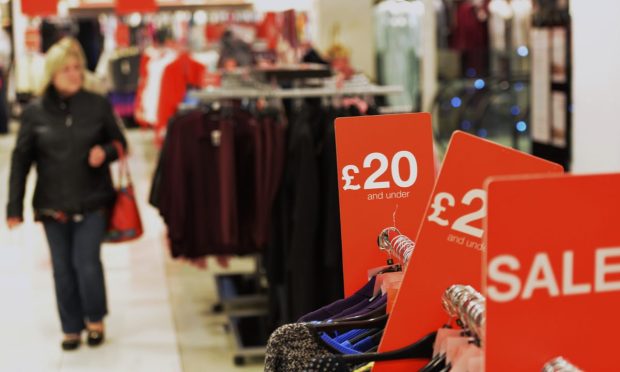UK Boxing Day Retail Footfall Down 25%

Compared to 2019, U.K.’s Boxing Day retail traffic dropped by about 25%.
A popular shopping day, when retailers in the country launch their after-Christmas sales, Boxing Day (Dec. 26) has long been the single biggest shopping day in the U.K.’s retail calendar, prior to the popularization of Black Friday in the 21st century.
But this year, figures from Springboard show that the number of people hitting the High Street for the traditional Boxing Day sales grew but still has not recovered to pre-pandemic highs.
Despite growing momentum last year when some COVID restrictions were still in place, Boxing Day 2022 has failed to galvanize British shoppers to part with their pounds as the country struggles with an ongoing cost-of-living crisis and a contracting economy.
In its revised quarterly estimate of gross domestic product (GDP) for the U.K., the Office for National Statistics (ONS) reported last week (Dec. 22) that the country’s economy shrank more than initially thought during the third quarter of the year. The U.K.’s GDP is now estimated to have fallen by 0.3%, downwardly revised from an initial estimate of a 0.2% contraction.
Prior to the holiday break, a survey by Barclaycard Payments found that U.K. shoppers intended to spend £229 in the post-Christmas sales, £18 less than a year ago. And of the 2,000 consumers surveyed, 42% said the cost of living would impact their spending this year.
Little Respite for eCommerce Businesses
Of course, footfall data only tells half the story in the age of eCommerce, when online sellers are equally important contributors to the U.K.’s retail ecosystem.
Yet across Europe, online sales are also slumping. In Germany, for example, online sales between Oct. 1 and Nov. 30 were 16.8% lower than in the same period last year, the first time they have experienced a year-on-year decline since measurements began in 2014.
Read more: German eCommerce Sales Buck Christmas Trend, Shrink 16.8%
The worst affected categories were clothing and entertainment, where online sales were down 28.1% and 19.5% respectively.
Exactly what the dip in consumer spending will look like for the U.K.’s eCommerce businesses remains to be seen. But for physical retail, the picture is complicated by the fact that Christmas fell on a weekend this year, meaning many brick-and-mortar stores remained shut on the 26th, which was a public holiday.
That being said, whether they do the majority of their business online or in person, small and medium-sized businesses (SMBs) are especially feeling the pinch.
Weak consumer sentiment is only exacerbated by the rising cost of borrowing, which for the average British SMB has nearly doubled from the 2.5% rate at the end of 2021.
For all PYMNTS EMEA coverage, subscribe to the daily EMEA Newsletter.
